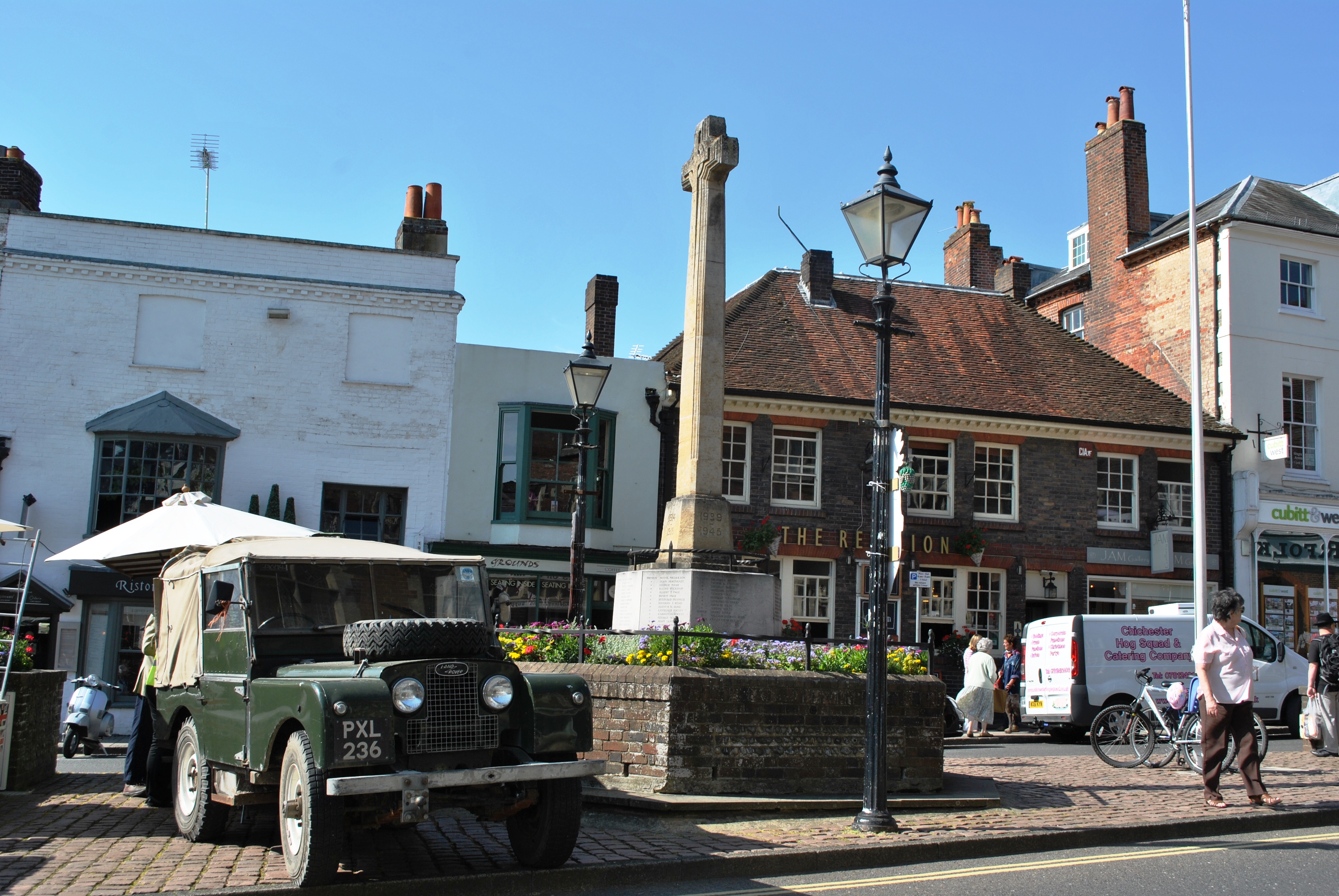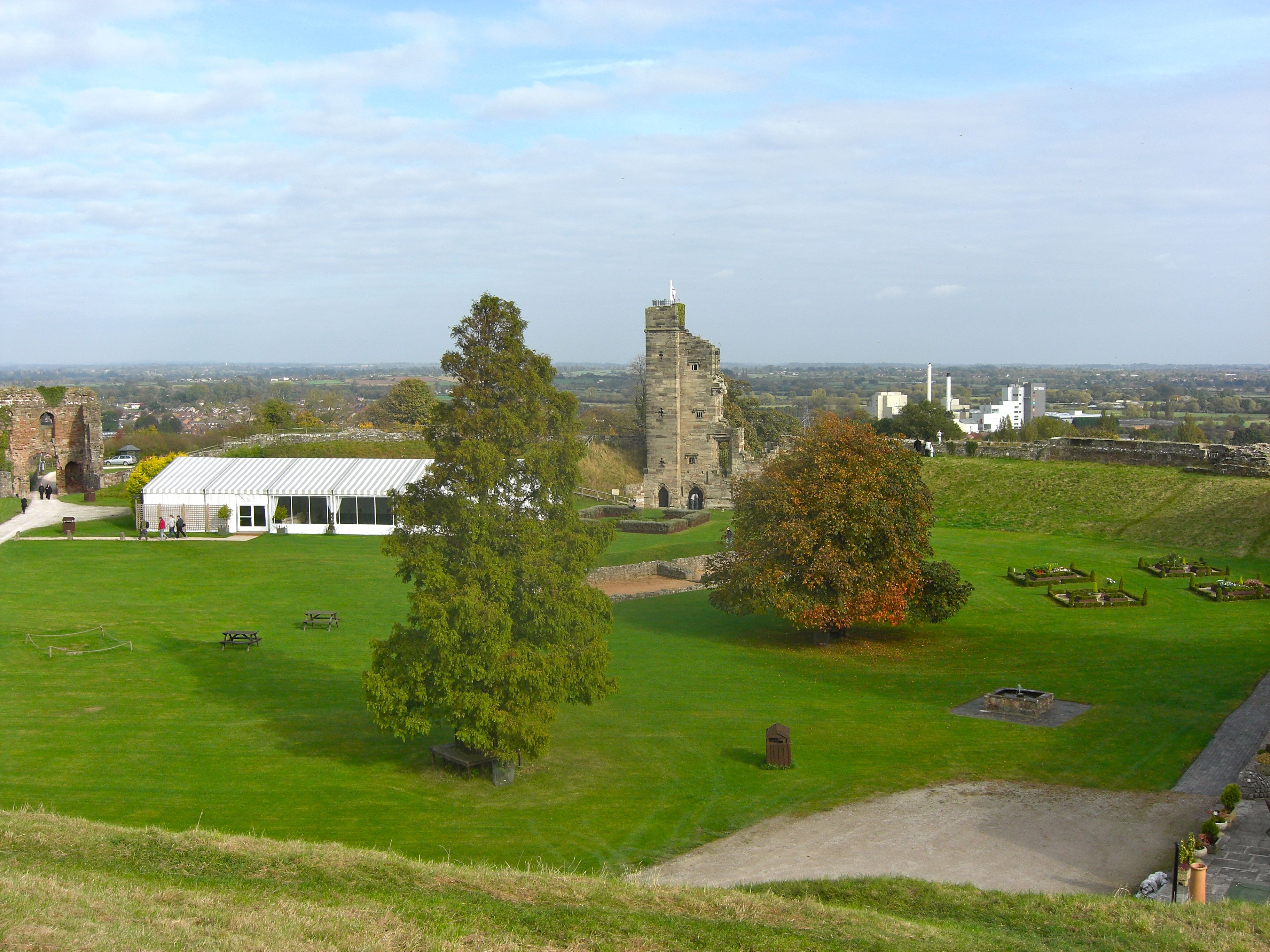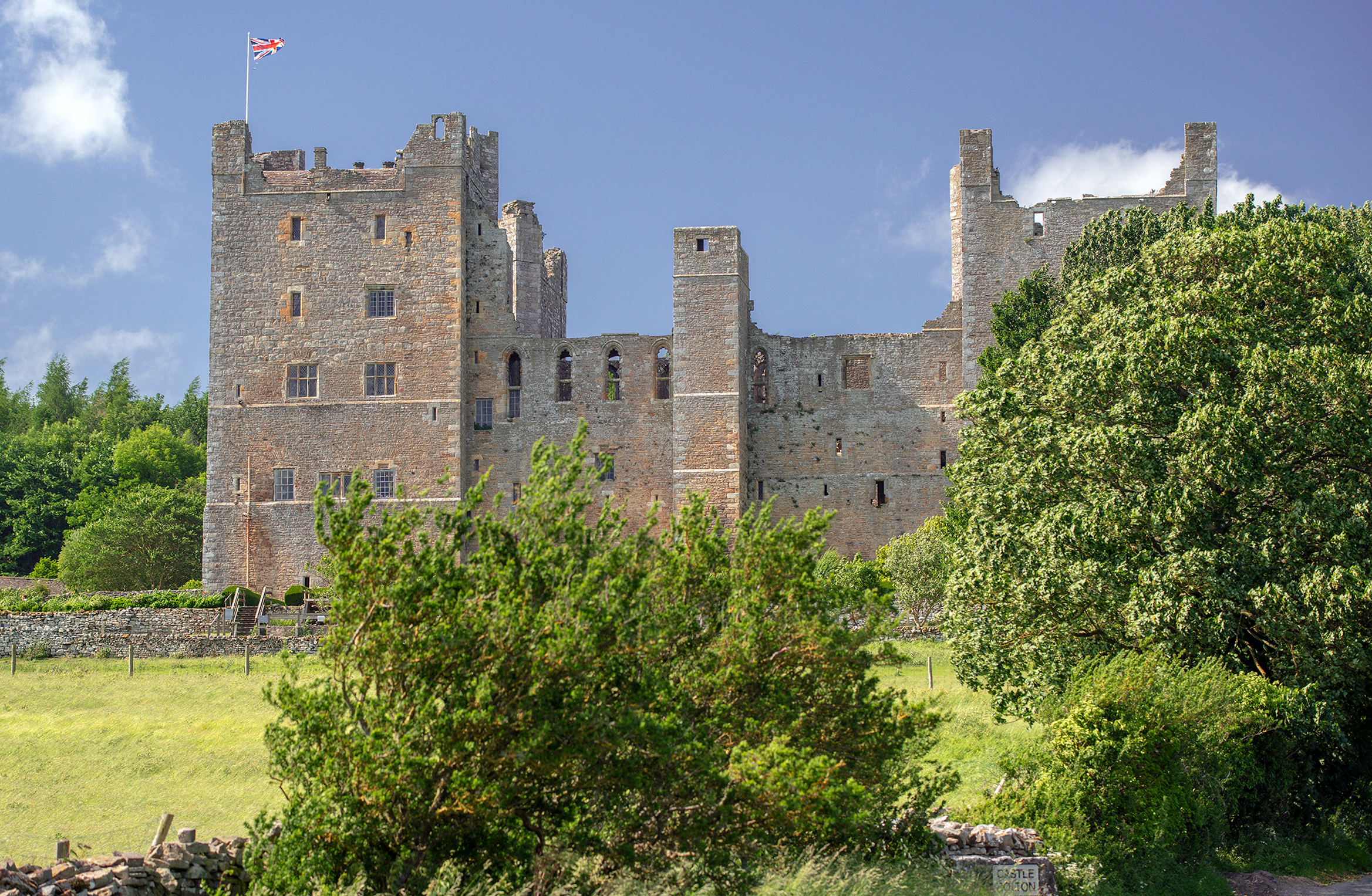|
Knollys (family)
Knollys, Knolles or Knowles (), the name of an English family descended from Sir Thomas Knollys (died 1435), Lord Mayor of London, possibly a kinsman of the celebrated general Sir Robert Knolles. The next distinguished member of the family was Sir Francis Knollys or Knowles (c. 1514–1596), English statesman, son of Sir Robert Knollys, or Knolles (died 1521), a courtier in the service and favour of Henry VII and Henry VIII. Robert had also a younger son, Sir Henry, who took part in public life during the reign of Elizabeth I and who died in 1583. From the time of Sir Francis, the family were associated with Greys Court at Rotherfield Greys and Caversham Park, then in Oxfordshire, as well as the nearby town of Reading in Berkshire, where the family's private chapel could once be seen in the church of St Laurence. Lettice Knollys was pronounced the most prominent member of the family, from her birth in 1543 until her death in 1634 Sir Francis Knollys (c.1514–1596) Francis K ... [...More Info...] [...Related Items...] OR: [Wikipedia] [Google] [Baidu] |
Thomas Knollys
Sir Thomas Knollys or Knolles (died 1435) was an English businessman in London who was active in both local and national government. Origins Born about 1350, he was once thought to be descended from the soldier Sir Robert Knollys but modern sources give his father as Richard. There were obviously close links with Sir Robert, who named Thomas as one of his executors in 1389. Career Before 1387 he had become a member of the Grocers' Company, which he served as warden and as master, contributing to the building of their new hall in Poultry and to the rebuilding of the guild church of St. Antholin in Watling Street, where he lived. In addition to his main business interests in goods and properties, he also became a major financier, lending extensively to other businessmen and to the government. In local government, he was an alderman by 1393, Sheriff of London in 1394 and twice served as Lord Mayor in 1399 and in 1410, in his second term being responsible for rebuilding the Guil ... [...More Info...] [...Related Items...] OR: [Wikipedia] [Google] [Baidu] |
Privy Councillor
A privy council is a body that advises the head of state of a state, typically, but not always, in the context of a monarchic government. The word "privy" means "private" or "secret"; thus, a privy council was originally a committee of the monarch's closest advisors to give confidential advice on state affairs. Privy councils Functioning privy councils Former or dormant privy councils See also * Privy Council of the Habsburg Netherlands * Council of State * Crown Council * Executive Council (Commonwealth countries) * Privy Council ministry * State Council State Council may refer to: Government * State Council of the Republic of Korea, the national cabinet of South Korea, headed by the President * State Council of the People's Republic of China, the national cabinet and chief administrative auth ... References {{DEFAULTSORT:Privy Council Advisory councils for heads of state Monarchy Royal and noble courts ... [...More Info...] [...Related Items...] OR: [Wikipedia] [Google] [Baidu] |
Arundel
Arundel ( ) is a market town and civil parish in the Arun District of the South Downs, West Sussex, England. The much-conserved town has a medieval castle and Roman Catholic cathedral. Arundel has a museum and comes second behind much larger Chichester in its number of listed buildings in West Sussex. The River Arun runs through the eastern side of the town. Arundel was one of the boroughs reformed by the Municipal Reform Act 1835. From 1836 to 1889 the town had its own Borough police force with a strength of three. In 1974 it became part of the Arun district, and is now a civil parish with a town council. Name The name comes from the Old English ''Harhunedell'', meaning "valley of horehound", and was first recorded in the Domesday Book. Folk etymology, however, connects the name with the Old French word ''arondelle'', meaning "swallow", and swallows appear on the town's arms. Governance An electoral ward of the same name exists. This ward stretches north to Houghton ... [...More Info...] [...Related Items...] OR: [Wikipedia] [Google] [Baidu] |
Philip Howard, 20th Earl Of Arundel
Philip Howard, 13th Earl of Arundel (28 June 155719 October 1595) was an English nobleman. He was canonised by Pope Paul VI in 1970, as one of the Forty Martyrs of England and Wales. He is variously numbered as 1st, 20th or 13th Earl of Arundel. Phillip Howard lived mainly during the reign of Queen Elizabeth I; he was charged with being a Roman Catholic, quitting England without leave, and sharing in Jesuit plots. For this, he was sent to the Tower of London in 1585. Howard spent ten years in the Tower, until his death from dysentery. Early life Born in the Strand, London, he was the only child of Thomas Howard, 4th Duke of Norfolk by his first wife Lady Mary Fitzalan, daughter of Henry Fitzalan, 12th Earl of Arundel. He was baptised at Whitehall Palace with the royal family in attendance, and was named after his godfather, King Philip II of Spain. Philip Howard was born during the upheaval of the Reformation. His home from the age of seven was a former Carthusian monastery. At ... [...More Info...] [...Related Items...] OR: [Wikipedia] [Google] [Baidu] |
British House Of Commons
The House of Commons is the lower house of the Parliament of the United Kingdom. Like the upper house, the House of Lords, it meets in the Palace of Westminster in London, England. The House of Commons is an elected body consisting of 650 members known as members of Parliament (MPs). MPs are elected to represent constituencies by the first-past-the-post system and hold their seats until Parliament is dissolved. The House of Commons of England started to evolve in the 13th and 14th centuries. In 1707 it became the House of Commons of Great Britain after the political union with Scotland, and from 1800 it also became the House of Commons for Ireland after the political union of Great Britain and Ireland. In 1922, the body became the House of Commons of the United Kingdom of Great Britain and Northern Ireland after the independence of the Irish Free State. Under the Parliament Acts 1911 and 1949, the Lords' power to reject legislation was reduced to a delaying power. The gov ... [...More Info...] [...Related Items...] OR: [Wikipedia] [Google] [Baidu] |
Protestant
Protestantism is a Christian denomination, branch of Christianity that follows the theological tenets of the Reformation, Protestant Reformation, a movement that began seeking to reform the Catholic Church from within in the 16th century against what its followers perceived to be growing Criticism of the Catholic Church, errors, abuses, and discrepancies within it. Protestantism emphasizes the Christian believer's justification by God in faith alone (') rather than by a combination of faith with good works as in Catholicism; the teaching that Salvation in Christianity, salvation comes by Grace in Christianity, divine grace or "unmerited favor" only ('); the Universal priesthood, priesthood of all faithful believers in the Church; and the ''sola scriptura'' ("scripture alone") that posits the Bible as the sole infallible source of authority for Christian faith and practice. Most Protestants, with the exception of Anglo-Papalism, reject the Catholic doctrine of papal supremacy, ... [...More Info...] [...Related Items...] OR: [Wikipedia] [Google] [Baidu] |
Tutbury Castle
Tutbury Castle is a largely ruined medieval castle at Tutbury, Staffordshire, England, in the ownership of the Duchy of Lancaster and hence currently of King Charles III. It is a Scheduled Ancient Monument. People who have stayed in the castle include Eleanor of Aquitaine and Mary, Queen of Scots, who was a prisoner there. History Norman origins Tutbury Castle became the headquarters of Henry de Ferrers and was the centre of the wapentake of Appletree, which included Duffield Frith. With his wife Bertha, he endowed Tutbury Priory with two manors in about 1080. It would seem that Tutbury at that time was a dependency of the Norman abbey of St Pierre‑sur‑Dives. Medieval era William de Ferrers, 3rd Earl of Derby joined a rebellion against Henry II in 1173–74 and Tutbury Castle was one of at least twenty castles belonging to the rebels that were slighted. The castle was "nearly destroyed" by Prince Edward in 1264 after the rebellion of Robert de Ferrers, 6th Earl of Derby ... [...More Info...] [...Related Items...] OR: [Wikipedia] [Google] [Baidu] |
Bolton Castle
Bolton Castle is a 14th-century castle located in Wensleydale, Yorkshire, England (). The nearby village of Castle Bolton takes its name from the castle. The castle is a Grade I listed building and a Scheduled Ancient Monument. The castle was damaged in the English Civil War, and “slighted” afterwards, but much of it survived. It has never been sold and is still in the ownership of the descendants of the Scrope family. History The castle was built between 1378 and 1399 by Richard, 1st Baron Scrope of Bolton, and is an example of a quadrangular castle. The licence to build it was granted in July 1379 and a contract with the mason John Lewyn was made in September 1378. Construction was reputed to cost 18,000 Marks. The 16th-century writer John Leland described 'An Astronomical Clock' in the courtyard and how smoke was conveyed from the hearth in the hall through tunnels. Bolton Castle was described by Sir Francis Knollys as having 'The highest walls of any house he had seen' ... [...More Info...] [...Related Items...] OR: [Wikipedia] [Google] [Baidu] |
Mary, Queen Of Scots
Mary, Queen of Scots (8 December 1542 – 8 February 1587), also known as Mary Stuart or Mary I of Scotland, was Queen of Scotland from 14 December 1542 until her forced abdication in 1567. The only surviving legitimate child of James V of Scotland, Mary was six days old when her father died and she inherited the throne. During her childhood, Scotland was governed by regents, first by the heir to the throne, James Hamilton, Earl of Arran, and then by her mother, Mary of Guise. In 1548, she was betrothed to Francis, the Dauphin of France, and was sent to be brought up in France, where she would be safe from invading English forces during the Rough Wooing. Mary married Francis in 1558, becoming queen consort of France from his accession in 1559 until his death in December 1560. Widowed, Mary returned to Scotland in August 1561. Following the Scottish Reformation, the tense religious and political climate that Mary encountered on her return to Scotland was further agitated by pro ... [...More Info...] [...Related Items...] OR: [Wikipedia] [Google] [Baidu] |
Carlisle, Cumbria
Carlisle ( , ; from xcb, Caer Luel) is a city that lies within the Northern English county of Cumbria, south of the Scottish border at the confluence of the rivers Eden, Caldew and Petteril. It is the administrative centre of the City of Carlisle district which, (along with Cumbria County Council) will be replaced by Cumberland Council in April 2023. The city became an established settlement during the Roman Empire to serve forts on Hadrian's Wall. During the Middle Ages, the city was an important military stronghold due to its proximity to the Kingdom of Scotland. Carlisle Castle, still relatively intact, was built in 1092 by William Rufus, served as a prison for Mary, Queen of Scots in 1568 and now houses the Duke of Lancaster's Regiment and the Border Regiment Museum. In the early 12th century, Henry I allowed a priory to be built. The priory gained cathedral status with a diocese in 1133, the city status rules at the time meant the settlement became a city. Fro ... [...More Info...] [...Related Items...] OR: [Wikipedia] [Google] [Baidu] |
Henry Sidney
Sir Henry Sidney (20 July 1529 – 5 May 1586), Lord Deputy of Ireland, was the eldest son of Sir William Sidney of Penshurst, a prominent politician and courtier during the reigns of Henry VIII and Edward VI, from both of whom he received extensive grants of land, including the manor of Penshurst in Kent, which became the principal residence of the family. Henry Sidney was brought up at court as the companion of Prince Edward, afterwards King Edward VI, and he continued to enjoy the favour of the Crown, serving under Mary I of England and then, particularly, throughout the reign of Queen Elizabeth I. He was instrumental in the Elizabethan conquest of Ireland, serving as Lord Deputy three times. His career was controversial both at home and in Ireland. Marriage and family Born to Anne Pakenham (1511 – 22 October 1544) and Sir William Sidney of Penshurst (1482 – 11 February 1553), Sidney married Mary Dudley, eldest daughter of John Dudley, 1st Duke of Northumberland, in ... [...More Info...] [...Related Items...] OR: [Wikipedia] [Google] [Baidu] |
Plymouth
Plymouth () is a port city and unitary authority in South West England. It is located on the south coast of Devon, approximately south-west of Exeter and south-west of London. It is bordered by Cornwall to the west and south-west. Plymouth's early history extends to the Bronze Age when a first settlement emerged at Mount Batten. This settlement continued as a trading post for the Roman Empire, until it was surpassed by the more prosperous village of Sutton founded in the ninth century, now called Plymouth. In 1588, an English fleet based in Plymouth intercepted and defeated the Spanish Armada. In 1620, the Pilgrim Fathers departed Plymouth for the New World and established Plymouth Colony, the second English settlement in what is now the United States of America. During the English Civil War, the town was held by the Roundhead, Parliamentarians and was besieged between 1642 and 1646. Throughout the Industrial Revolution, Plymouth grew as a commercial shipping port, handling ... [...More Info...] [...Related Items...] OR: [Wikipedia] [Google] [Baidu] |








